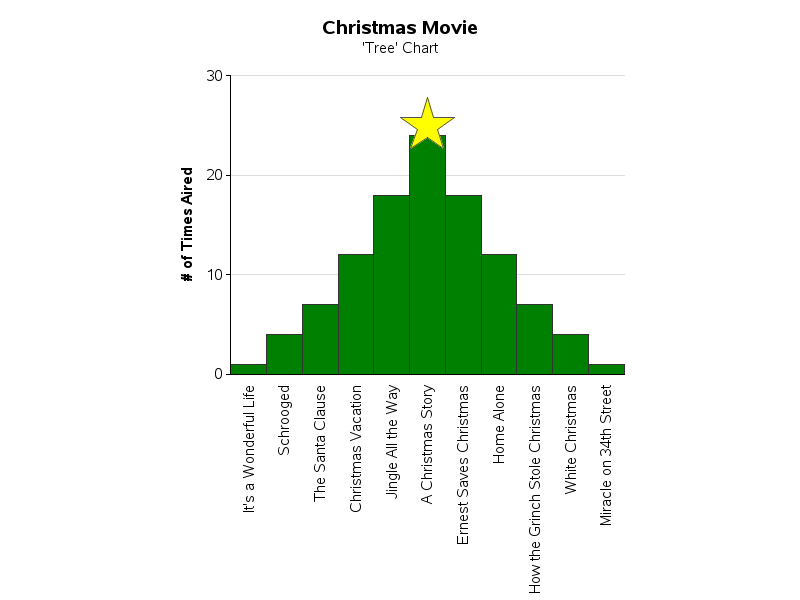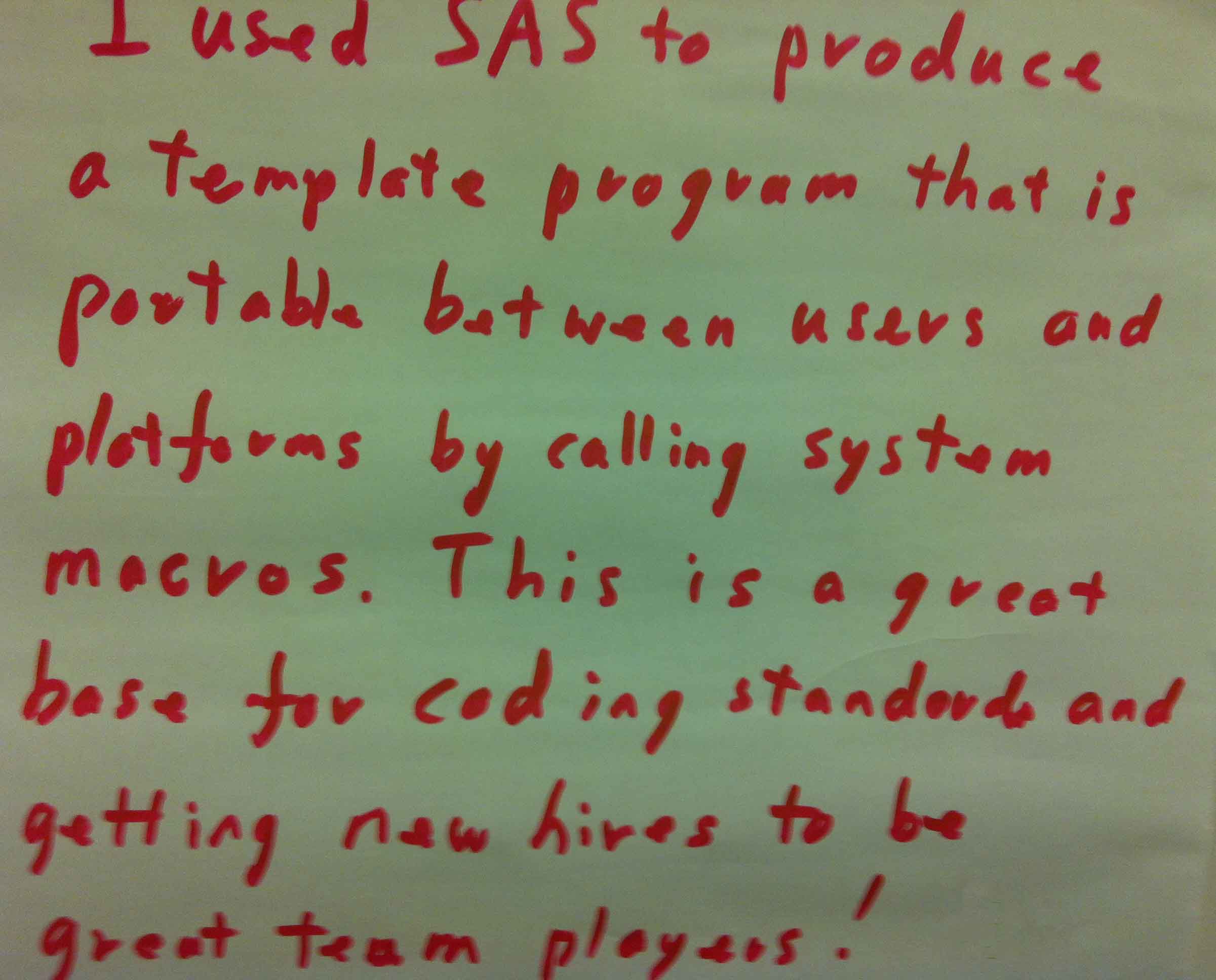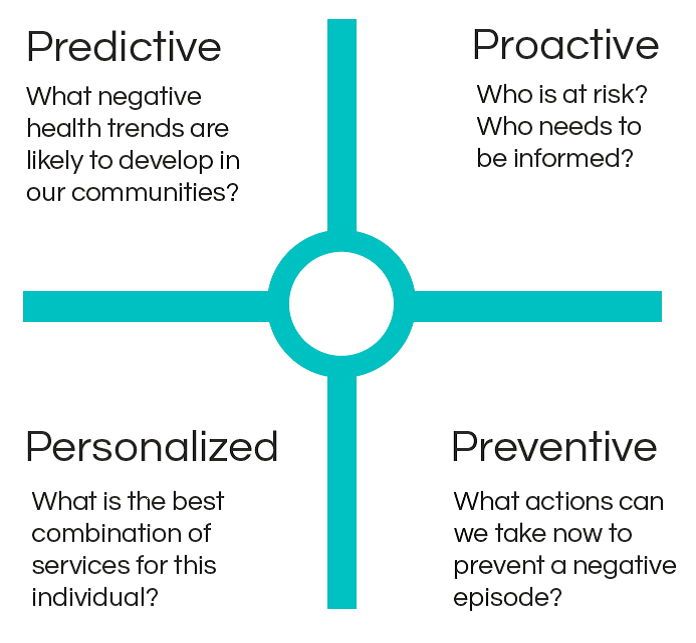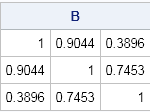All Posts

Several years ago my mom, bless her heart, bought a cell phone. Now, my mom is not what one would call “tech-savvy”. She has had the same car forever, same furniture for 25 years (well, she did get it reupholstered), even the same pots and pans that came as wedding

With an exponential growth in transactions, it may be hard to get a clear, single view of customer interactions. ICICI Bank , India's second largest bank, needed a single system that could replace multiple (complex to maintain) reporting systems - enterprise wide. The challenge - finding a solution to handle its growing

As rain settles in over the green fields of England, I’ve been reading the Times Higher Education (THE) periodical. It’s always a lively read, as it invariably takes the part of untenured junior lecturers in any dispute. It is also very well researched and informed. This week’s THE edition has

When I started using SAS back in 1995, every SAS user was a SAS programmer. We wrote code, and we were proud of it! We accessed our data via the DATA step, PROC IMPORT and SAS access engine code. If you had asked me back then what metadata is, I’m

While I'm waiting for the next "data intense" event to show up in the news (so I can blog some SAS graphs about it), I thought I'd share a few fun SAS graphs in the spirit of the holiday season! Please don't hold me to too high of graphical "best practices"

In addition to the Forest Plot with Subgroups, another popular graph in the clinical research space is the Most Frequent Adverse Events Sorted by Relative Risk graph. Recently, I worked with folks from some pharmaceutical companies to contribute SAS code for this graph to the CTSPEDIA resource for statistical graphics. The data for number

I live in the South, but was raised by Midwestern Catholics from rural Minnesota. Think Jeff Foxworthy meets Fargo. A few of the great things that I have learned about folks in the South is their incredible politeness even when they are really saying, "Wow, what in the world are

Independent contractor. Two very simple words that have a dramatic impact on businesses, workers, and government programs. While most people have a basic understanding of the term, they often have very little understanding of the laws governing it, which vary significantly program by program and state by state. This has

Collaboration can be difficult, but what if you could provide a template that helps everyone work together more efficiently? The Post-It note author below has developed such a tool and suggests using it as a guide for accepted coding standards. You can also use templates to control the look of

Apply now for the SAS Global Forum Junior Professional Award. Only 20 professionals will be selected. Congratulations to the SCSUG awardees!

If you haven’t heard of an APCD, it’s one of those acronyms you need to know. All-Payer Claims Databases are simply databases that consist of claims data from all health care payers in a given state. This includes private payers such as Blue Cross Blue Shield, and public payers such

Recently, I shared a summary of Brian Varney’s SESUG presentation on How to document your SAS environment. One important step was determining where files that control overall processing, such as autoexec.sas files, are deployed. For installations on a single server or platform, Varney suggested using the OPTIONS procedure, which lists

Frequently someone will post a question to the SAS Support Community that says something like this: I am trying to do [statistical task]and SAS issues an error and reports that my correlation matrix is not positive definite. What is going on and how can I complete [the task]? The statistical
“So, you work for SAS?” asked my co-passenger. I was on the plane to Baltimore to attend my first NESUG conference and the tag on my laptop bag was the clue. I happened to be seated next to a SAS user who was familiar with ODS Graphics. I ended up

Several weeks ago, South Carolina was the victim of what some experts believe to be the largest cyber-attack against a state tax department in history. Approximately 3.6 million personal South Carolina income tax returns were exposed, and nearly 657,000 businesses compromised, in an international hacking attack. Coincidentally, SAS and the SC












